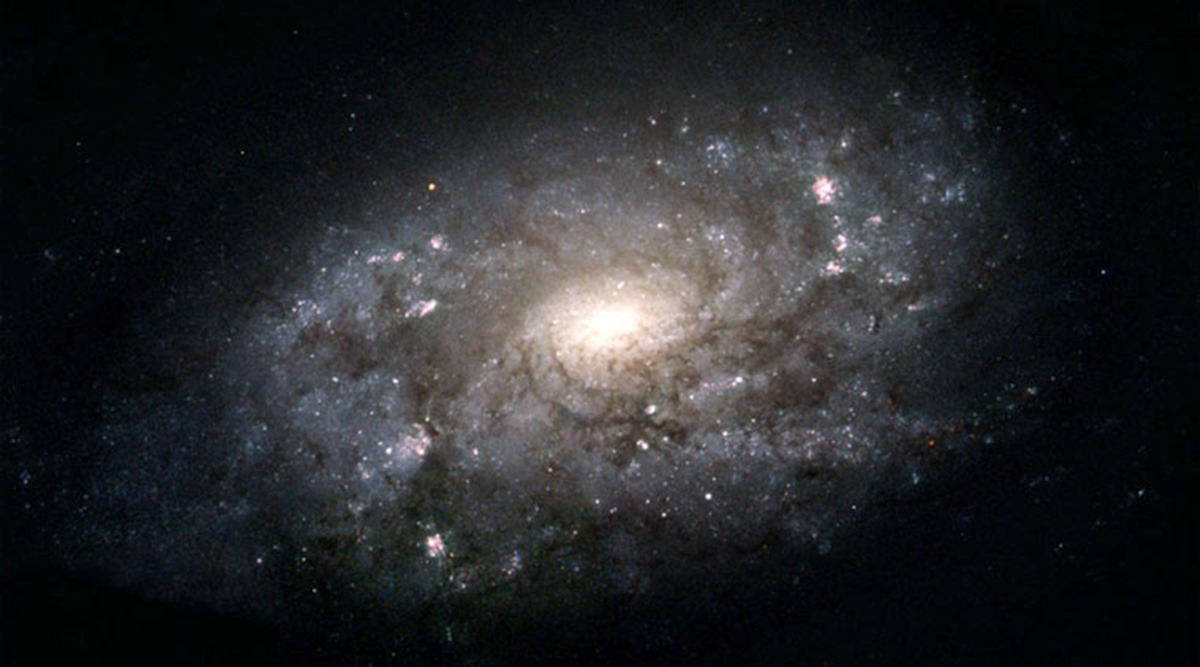 Researchers have dedicated this work to the memory of Prof Govind Swarup, a visionary scientist and pioneering astronomer, who died on September 7. (Representational)
Researchers have dedicated this work to the memory of Prof Govind Swarup, a visionary scientist and pioneering astronomer, who died on September 7. (Representational)RESEARCHERS WORKING on giant radio galaxies (GRG), which are large single structures in the universe, have found its largest sample to date. The research work has recently been published in a journal, Astronomy & Astrophysics.
“Until 2016, only about 300 GRGs were known since their discovery in 1974 and, from our work, we have found nearly 400 new GRGs; the total is about 820. It is not clearly understood how some objects grow to such large scales and what is the fuel of their respective black holes,” Pratik Dabhade, lead author of this research study, told The Indian Express.
Dabhade, a researcher at Inter-University Centre for Astronomy and Astrophysics (IUCAA) and Leiden University, Netherlands, along with Mousumi Mahato, another IUCAA researcher, and other authors have tried to understand how GRGs are different from normal-sized radio galaxies.
“We compared their properties like total mass of their black holes and found it to be the same. Also, only 10 per cent GRGs are found in dense environments indicating that majority avoid dense surroundings,” Dabhade said.
The universe has billions of galaxies and almost all have supermassive black holes at the centre. Some of these black holes are active and produce jets travelling almost at the speed of light. These jets are visible in radio light or at radio wavelength of the electromagnetic spectrum. Such galaxies, which have active black holes shooting high-speed jets, are called radio galaxies.
The total linear extent or size comprising jets is much larger than the galaxy as seen in optical light. A fraction of radio galaxies, under special conditions, grow to giant scales or mega-parsec scales (millions of light years across, where one light year ~ 9.46 x 1,015 metres ) and are called giant radio galaxies (GRGs).
The length of jets tells us how powerful and active the black hole is as well as about the environment density of these objects. Hence, it is essential to study GRGs, researchers said.
This is the first time such a large catalogue of GRGs has been made. Using this catalogue, several properties of GRGs have been studied, which has increased understanding of such objects manifold, Dabhade said.
He also pointed out that the work involved the laborious task of going through hundreds of radio and optical images to match them and find their association with another, followed by detailed analysis and interpretation.
“The study of GRGs gives us important clues to unveiling the physics and phenomenology of the black hole accretion process or, in other words, how these massive black holes accrete mass and the efficiency with which they produce these magnificent jets,” said Mahato.
Researchers have dedicated this work to the memory of Prof Govind Swarup, a visionary scientist and pioneering astronomer, who died on September 7.